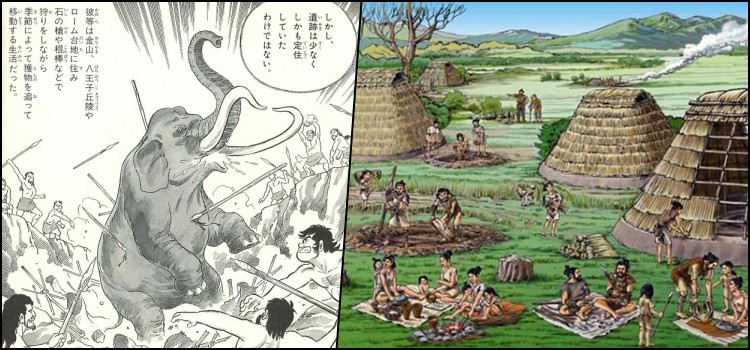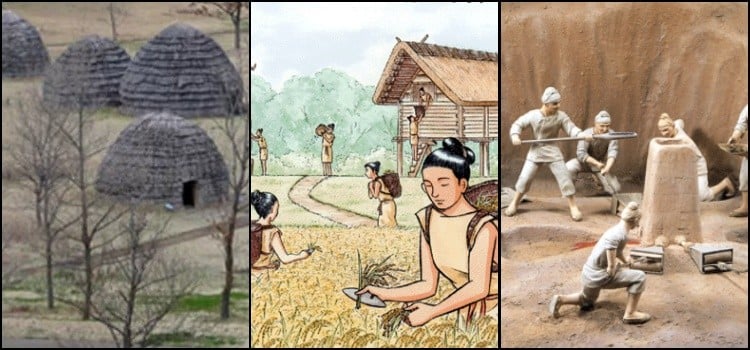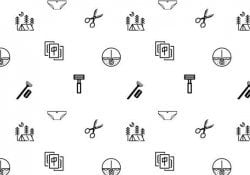The Paleolithic period of Japan is where it all began. Early Japanese history is traditionally divided into five main epochs: the Paleolithic (c. 50,000 BC – c. 12,000 BC), Jomon (c.11,000 BC – 300 BC), Yayoi (300 BC – 300 AD), Kofun (300 BC). AD – 552 AD) and Yamato (552 AD -710 AD).
While the dating of these periods is complex and cultures in any case tend to overlap, it is clear that early Japan underwent profound changes in each of these important periods.
The Japanese Paleolithic period is the period of human habitation in Japan dating from 50,000 BC to 12,000 BC It was the period that preceded the Jomon Period. However, the date of the beginning is debated, with 35,000 BC being the most accepted date.
The first human bones were discovered in the city of Hamamatsu, Shizuoka. According to radiocarbon dating, the fossils date back about 14,000 to 18,000 years.
The development of polished stone tools, which appeared later in the Neolithic period for the rest of the world, makes this period of prehistoric Japan unique compared to other prehistoric periods.
Índice de Conteúdo
The first inhabitants of the archipelago
The first humans to inhabit the archipelago would be Stone Age hunters from northeast Asia. Traveling in small tribes and using stone-tipped weapons, they followed herds of wild animals across land bridges to Japan formed during the Ice Age.
While many believe they came earlier, these hunters are known to have arrived in Japan no earlier than 35,000 BC Paleolithic artifacts include finely crafted blade tools similar to those from Siberia and Eurasia.
Since no pottery has yet been discovered, on the other hand, the Paleolithic Period in Japan is also referred to as the “pre-pottery” (Sendoki) period. In this way, it helps to distinguish its inhabitants from those of the following ages.
Events and tool development
A massive volcanic eruption in southern Japan at Kyushu between about 24,000 and 22,000 years ago scattered a distinctive ash, the Aira-Tanzawa (AT) pyroclast, over most of the country, dating events in Japan as "before or after the AT”. At the same time, the first stone tools began to be made.
From that moment, the pebble became less important. Small, well-made tools, especially knife-shaped ones, become more important around 16,000 years ago.
The small quartz and obsidian tools that predominate between about 16,000 and 13,000 years ago show considerable resemblance to tools of the same age in northeast Asia and Europe. The tools from the sites on the island of Hokkaido are almost identical to those in the Far East and Siberia.







